Paddle wheel flow meters consist of three primary components: the paddle wheel sensor, the pipe fitting, and the display/controller.
The paddle wheel sensor consists of a freely rotating wheel or impeller with embedded magnets that is perpendicular to the flow and will rotate when inserted in the flowing medium.
Paddle Wheel Flow Meters
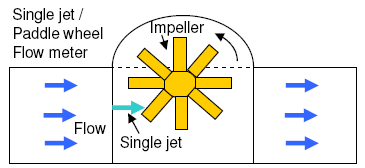
As the magnets in the blades spin past the sensor, the paddle wheel meter generates a frequency and voltage signal which is proportional to the flow rate. The faster the flow the higher the frequency and the voltage output.
The paddle wheel meter is designed to be inserted into a pipe fitting, either ‘in-line’ or insertion style. These are available with a wide range of fittings styles, connection methods, and materials such as PVDF, polypropylene, and stainless steel. Similar to turbine meters, the paddle wheel meter requires a minimum run of straight pipe before and after the sensor.
Flow displays and controllers are used to receive the signal from the paddle wheel meter and convert it into actual flow rate or total flow values. The processed signal can be used to control the process, generate an alarm, send signals to external, etc.
Paddle wheel flow meters (also known as Pelton wheel sensors) offer a relatively low-cost, high-accuracy option for many flow system applications, typically with water or water-like fluids.
Advantages of Paddle Wheel Flow Meter
- Low-cost solution with high flow system accuracy
- Easy to install and operate, resulting in a low cost of ownership
- No pressure drop making it ideal for gravity flows
- Insertion flow meter design lowers installation and maintenance costs
Limitations of Paddle Wheel Flow Meter
- Paddlewheel meters work best with clean fluids as particulates can prevent the paddle from spinning properly
- Not suitable for gases
- Requires a turbulent flow profile (consistent fluid velocity across the pipe diameter) for accuracy
- Requires a straight run of pipe before and after the flow meter to allow swirl patterns in the flow stream to dissipate
- Paddlewheel meters may not function properly with high-viscosity fluids where the flow profile is laminar
- The pipe must be full; any air in the line may lead to inaccuracies
Typical applications for paddle wheel flow meters include the accurate measurement of preset fluid volumes in dispensing systems, control of chemical metering pump output, flow verification, irrigation systems, and alerting users to flow rate increases or decreases outside a programmed range.
If you liked this article, then please subscribe to our YouTube Channel for Instrumentation, Electrical, PLC, and SCADA video tutorials.
You can also follow us on Facebook and Twitter to receive daily updates.
Read Next:
- Turbine Flow Meter Verification
- Flow Meter Installation Guide
- Optical flow meter Principle
- What is an Ultrasonic Flow Meter?
- Piston Flow Meters Working
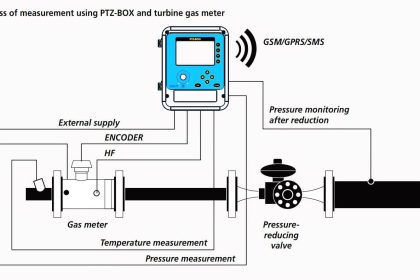
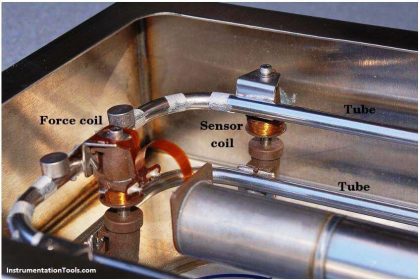
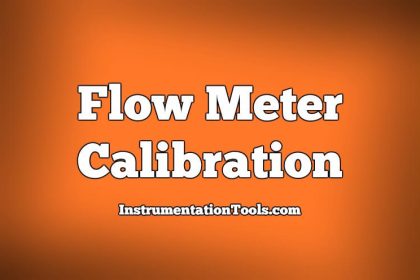
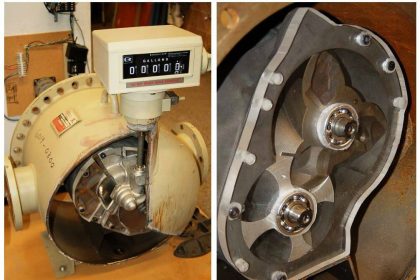
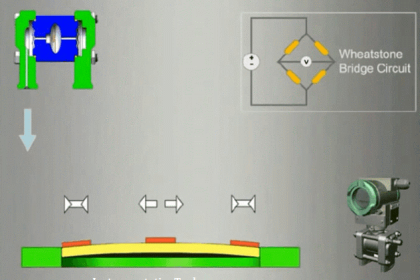


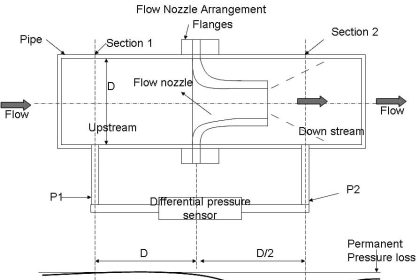

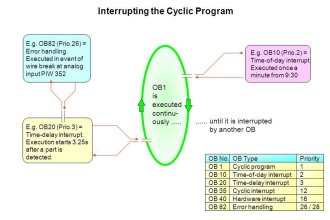
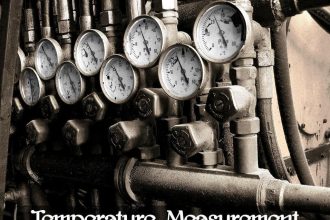
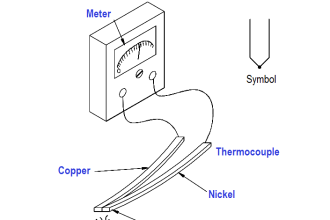
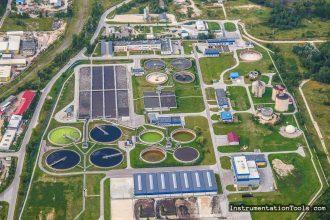
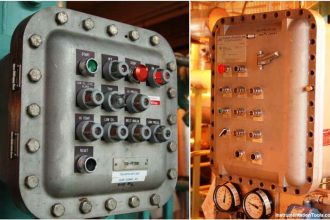
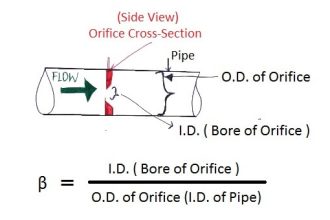
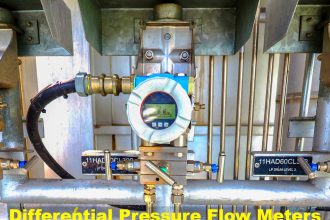

Sir, what is the difference between paddle wheel flow meter and turbine flow meter ? thanks